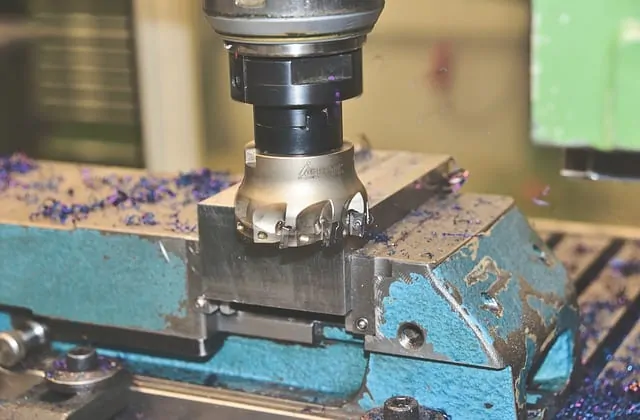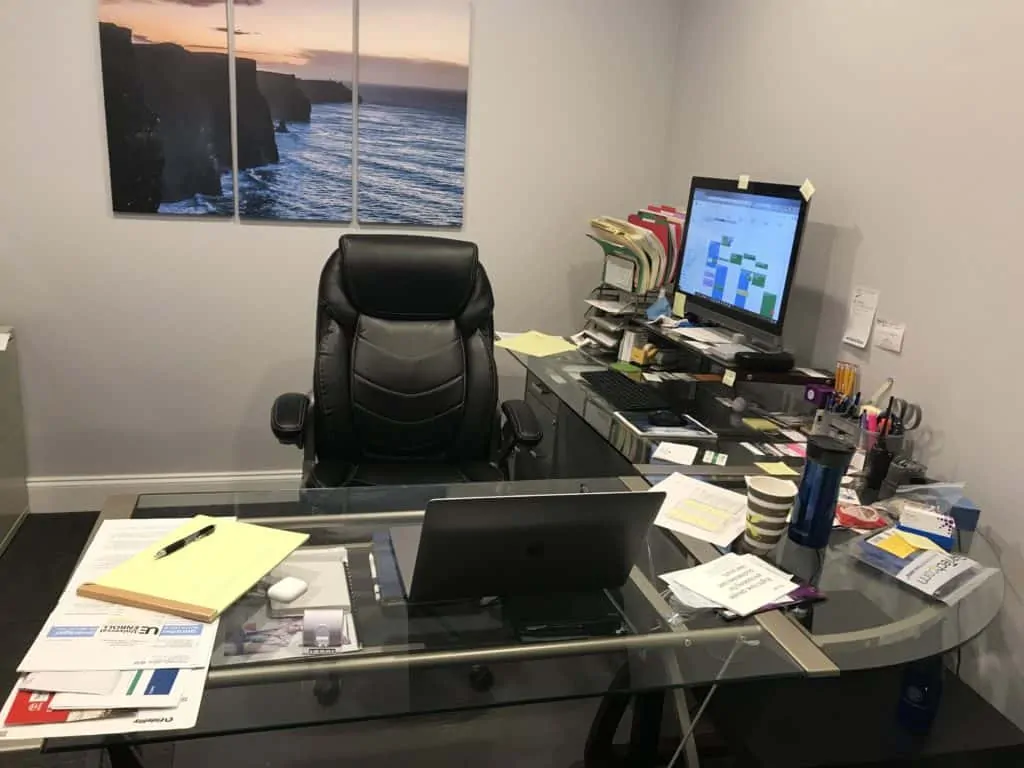In this article, we’ll discuss how you might convert shoppers from , “I’m just looking” to “I’ll buy it!” We’ll talk about whether video does convert shoppers to higher sales or not, types of videos you might consider creating for products, and some of the strategies you might want to consider before starting. (An approximately 6 minute read)
Imagine you’re selling your product or service on your website. The visitor wants to buy, but instead decides to abandon the cart, leaving you without a sale. Why did they abandon the sale and what could have converted them to buy? These are questions every marketer will ponder at one time or another. There are several factors that can convert a shopper into a buyer, and one of which may be video.
Convert Shoppers to Buyers
Several of our clients have told us that the conversion rate of products they are selling on their website or on other retailing sites (like Amazon.com, etc.) have a significant increase in sales if the product listing includes a video. They have also shared with us that when an online video is watched at the point of potential purchase, the odds of a sale increase dramatically. They tell us that visitors who watch product videos are more educated and better informed about the product so they can be a more informed buyer.
If you sell products, you might wonder what type of video will help increase your odds of a buy at the point of purchase. Let’s discuss a few video options that may be useful in increasing conversion rates. These types of video can work if used by a small business or big business, and anything in between.
- How It’s Made. People want to know how something is made, and more importantly, they love to watch it happen. How many times have you been intrigued by a video illustrating the manufacturing process?
- Durability Test Video. This type of video shows the consumer how well a product will stand up to abuse over time. This might be a good one to place on your product page to increase purchases, particularly with those buyers who are concerned about whether the product is sturdy enough for them.
- Location Tour. This type of video will incorporate the product in a space that it would be expected to be found. For example, a door manufacturing company like Dayoris Doors might want to create a video that shows design elements that fit into a specific type of room. By showing the fashionable side of the product, buyers are more likely to make a high-end purchase.
- How to. Some products simply need some instruction. Whether it’s a how to assemble, how to use, or how to wash/maintain/store…the list goes on. These types of videos can apply to single products, multiple products, or entire product lines.
- Competing Products. If you ever want to show how one product compares to another, this might be a good way to do it. Just make sure you’re following the legal protocol before you make too many claims.
- The Reveal. Some products warrant a reveal video…like technology products or fashion products. Imagine your business fans wanting to know more about an upcoming product line that you’re about to release. Now might be a good time to create and post a Reveal Video.
Whichever video you choose, make sure people are watching a video that you have created and tells the viewer what you want them to learn and know. Video Marketing is a powerful tool to use when moving product, and many business owners have told us that they’ve been happy with the effects of video on product sales.
Once you’ve identified what type of video you’d like to create, you might want to consider the video strategy you want to use to convert visitors into buyers with your video. Video can potential buyers to paying buyers by using a few strategies.
You have seconds to get the viewer engaged and interested. Once they’ve passed that point, they will either finish the video or make a decision to leave it.
You want to make sure you’re in the crowd that keeps the viewer engaged. There are few things to consider when creating engaging video. First, how ‘salesy’ do you want your video to be? That was a trick question. If you’re looking to have engaging content, ‘salesy’ is not the way to go. People do not want to be sold to, they want to be educated and guided to the right decision (whether that’s to buy or decide not to buy). You might also be surprised that sales videos typically need to be short to get the point across and move on. BUT, an educational video might end up being longer and more engaging… these videos are typically longer than the traditional 30 seconds. They tend to last 2, 3, even 5 minutes (depending on how engaging it is). Longer videos also get shared more, leading to a reinforced brand and improved word-of-mouth marketing.
Here’s an example of a longer video that has a little more story to it.
Creating longer videos can be tricky, but we love to come up with some awesome content ideas that you’ll be able to share and have shared. Contact us if you’d like some ideas!
Related Articles:
Hotel Video Production Marketing Strategy





















